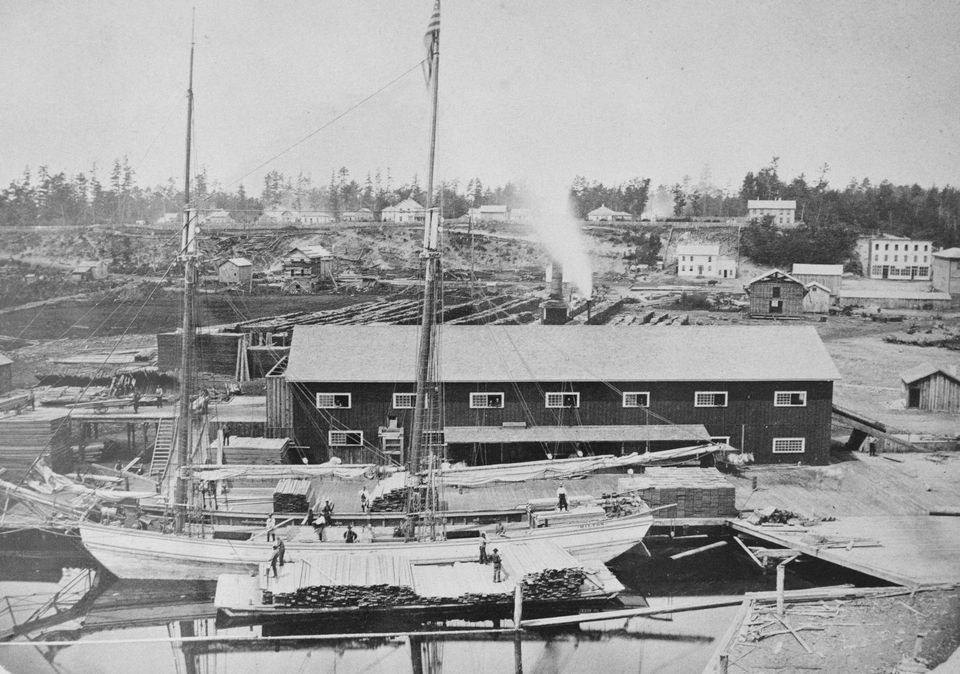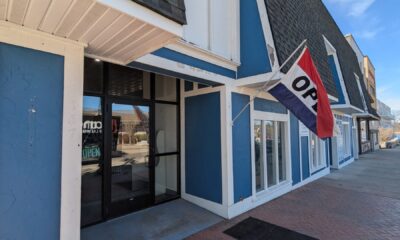The Rise of the Timber Industry
During the mid-1800s, thick forests of white pine and hardwood surrounded Whitehall and Montague, Michigan. Early settlers saw a chance to build a strong economy by logging these valuable trees. Lumber camps quickly formed, drawing in workers from across the region. Sawmills appeared along White Lake, which made it easy to float logs in for cutting. Because of this, both towns grew rapidly. New businesses, homes, and even schools opened to support the growing population. Timber became the backbone of the local economy, and the noise of saws and axes became part of daily life.
Growth of Transportation and Trade
With the demand for lumber rising, transportation became essential. White Lake offered a deep channel for boats to carry wood to larger ports like Muskegon and Chicago. As a result, both Whitehall and Montague became shipping hubs for the Midwest. Soon, railroads arrived and connected the towns to bigger cities. This allowed lumber to move faster and made it easier for goods and people to travel. Shipping docks lined the waterfront, and steamboats loaded up with wood daily. The railroad and the lake worked together to help the area grow stronger. Trade reached its peak, and families found steady income thanks to the lumber trade.
Lasting Effects on the Communit
Eventually, the forests began to thin, and the lumber boom slowed down. Still, the impact on Whitehall and Montague lasted. The towns had grown from small settlements into full communities. Many of the streets, buildings, and parks built during the boom still exist today. Local museums and murals remind visitors of the hard work done by loggers and mill workers. Even though the economy shifted toward tourism and small business, the towns never forgot their roots. The lumber boom gave Whitehall and Montague their start, and it shaped their identities forever.
























